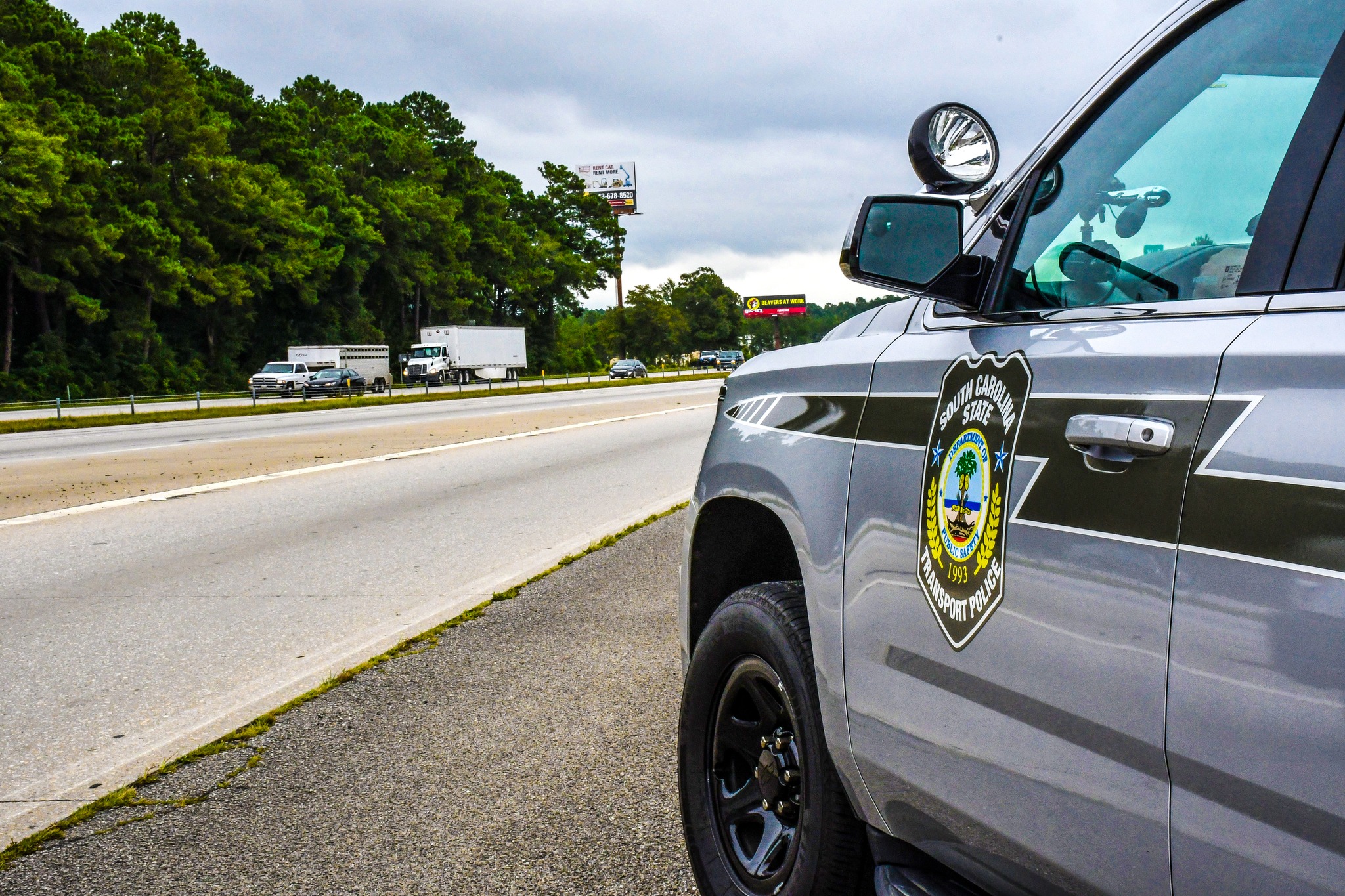
Don’t know about your observations but it seems distracted driving is rampant and not getting any better despite law enforcement and Department of Transportation (DOT) campaigns echoing how deadly it is, reminding automobile operators to “put it down, it can wait.”
As defined by the National Highway Traffic Safety Administration (NHTSA), distracted driving “is any activity that diverts attention from driving, including talking or texting on your phone, eating and drinking, talking to people in your vehicle, fiddling with the stereo, entertainment or navigation system – anything that takes your attention away from the task of safe driving.”
Texting while driving is still pervasive. So is FaceTime-ing and any online interaction while captaining a formidable moving object in the public sphere.
Lately, I am amazed at how blatant some drivers are about the inclination to text and FaceTime and seemingly scroll through news feeds while intermittently peering over their steering wheel to ensure they’re not about to slam the bulky backside of a Kenworth. Or slam into the school bus populated with youngsters. Or collide with motorcyclists who have scant ability to safeguard their fully exposed human forms.
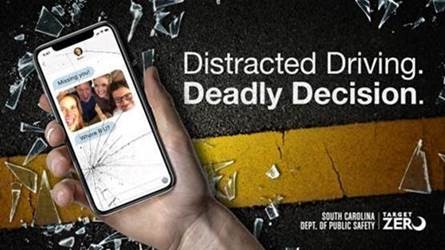
(Photo courtesy of the South Carolina Department of Public Safety.)
What to do about it? How can law enforcement address such pending disasters effectively? Safely? Has the nation’s deficit in cops on the beat (anti-police catalysts) given rise to distracted driving rampancy? Lots to do with fewer enforcers!
Responsible Motorists
Naturally, driver responsibility and ideal operator behaviors factor into traffic safety everywhere.
The Virginia Tech Transportation Institute (VTTI) conducted a traffic study that concluded, “…distracted driving is ‘epidemic,’ with handheld electronic devices having high use rates and high risk.”
Respectfully, anyone may determine the likely result regarding the correlation between driving and using electronics. Notwithstanding laws prohibiting distracted driving, it is ultimately up to each motor vehicle operator to heed traffic laws and their inherent safety features.
Per a blurb in Police Chief magazine, “By working to improve driver behavior and encouraging voluntary compliance with the law, law enforcement can contribute to significant safety improvements on the roadways. Addressing driver distraction is an important part of this responsibility.”
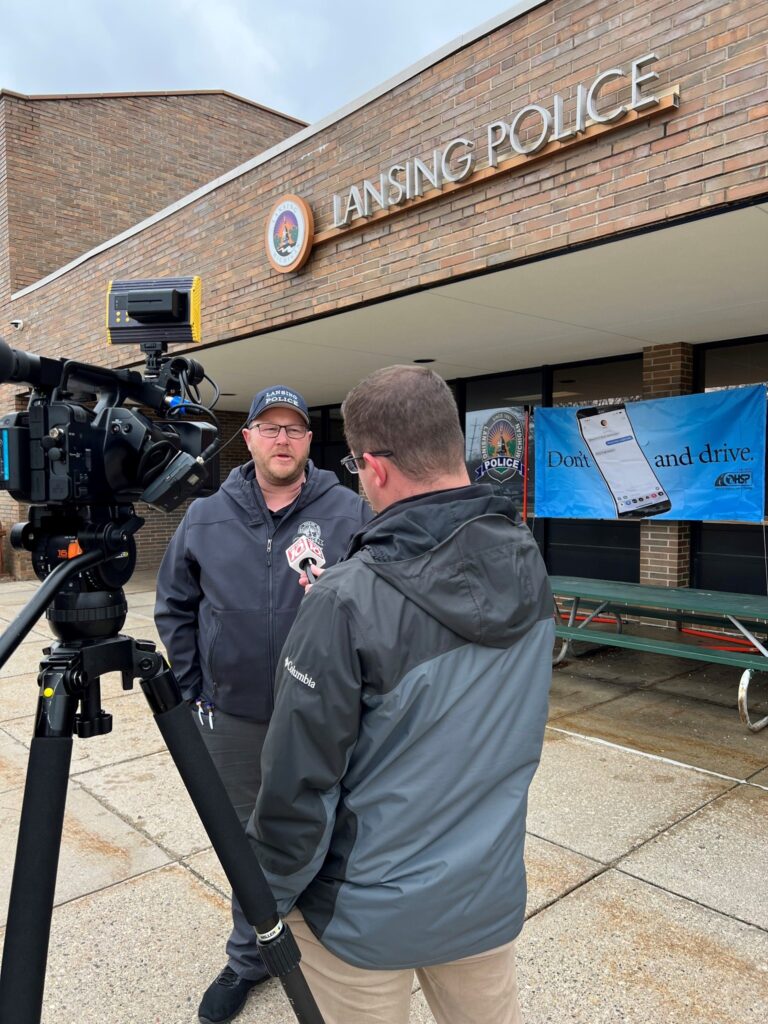
(Photo courtesy of the Lansing Police Department.)
At the risk of sounding cynical and being labeled a naysayer, otherwise avoidable traffic crashes resulting in loss of life and/or property damage generally indicate that drivers are more irresponsible when maneuvering a standard 2000-pound projectile. How delightful if it were different.
When the anti-texting-while-driving statutes came about, many cops found it rather difficult to observe (with certainty the vehicle operator was texting and driving). Most auto operators look down, then up, then down again, etc., distracting them from focused driving. But that does not mean they are peering down at a cell phone…albeit the likely reason.
It’s not just cell phones that are causing distracted drivers and resultant crashes. I had two other examples in my rearview mirror this week: drivers applying makeup, doing so with the mirror on the flip-side of their sun visor, with both hands otherwise occupied getting prepped for a beauty pageant or whatever. The blatancy is astounding.
Foreseeing the hazards brought about by these drivers beautifying before banging their way into my trunk, I changed lanes. This was on an interstate. I watched both go by, catching a glimpse of knees supplanting hands, clumsily and irresponsibly steering.
Driving to the station to start his Patrol shift a few years ago, an LAPD cop noticed a foolish scene similar to mine…and the dire consequences thereof:
“While driving into work today I noticed a car speed past me in the carpool lane. The driver had no passengers (making her being in the carpool lane illegal); she was talking on her phone which was in her right hand and applying makeup with her left hand while looking into the visor mirror. She was steering with her knees.
“About 25 mins later I passed a wreck and saw the same lady now on a backboard and wearing a neck brace. Apparently, she had spun out and hit the center median.”
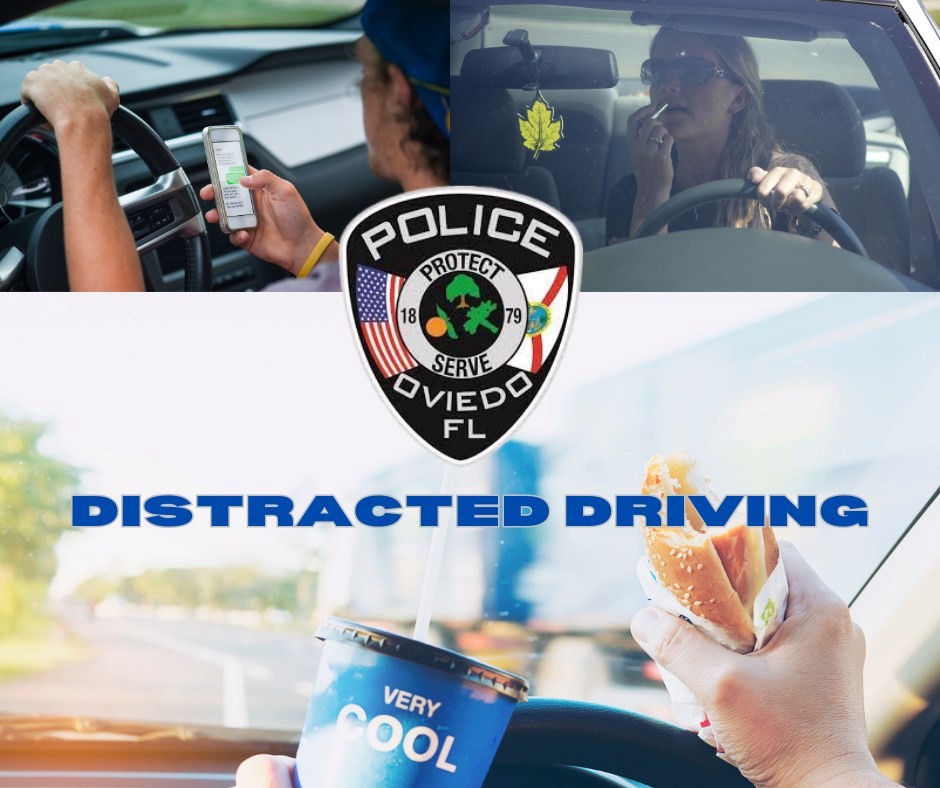
(Photo courtesy of the Oviedo Police Department.)
Drivers salivating over the bag of fast-food on their laps or passenger seat is another cause for distraction from the roadway. Chomping on food for a few minutes is best accomplished in a parking space. Sure can’t gobble goods when you are unconscious in a hospital gurney (if fortunate enough to survive).
Researchers at VTTI found that “some secondary activities [driving being the paramount activity] are low prevalence (like applying eye makeup) and others are high prevalence (like texting).”
The VTTI statement is bolstered by the National Highway Traffic Safety Administration (NHTSA), which echoed: “Texting is the most alarming distraction. Sending or reading a text takes your eyes off the road for 5 seconds. At 55 mph, that’s like driving the length of an entire football field with your eyes closed.” Yikes!
Hangover Effect
Ever hear of the “Hangover Effect”?
“In a study by the AAA Foundation for Traffic Safety, researchers found drivers can experience a “hangover effect” where the mind stays distracted for up to 27 seconds after using smartphones or voice-to-text vehicle infotainment systems to send text messages, make phone calls or update social media.” That is a tidbit published by our brothers/sisters at the Norwood Police Department, addressing Distracted Driver Awareness Month in a PSA.
As the Illinois Secretary of State said, “By driving distracted, you’re robbing yourself of seconds that you may need to avoid a close call or deadly crash.”
Per the National Highway Traffic Safety Administration, “Nearly 80% of crashes and 65% of near-crashes involved some form of driver inattention within three seconds before the event.”
No matter what the cause for distraction is, it will always come back to responsible drivers concentrating on mobility, and all the often-fast-moving paces, in the context of operators employing all due care and safety features built into automobiles.
Chronic campaigns echoing driver safety is essential in the mission of law enforcement to safeguard the public. PSAs are all over America. Major throughways have hard-to-miss overhead signage declaring simple messaging such as “Don’t Text and Drive” (or some variation on the theme).
DOTs have spent plenty of tax dollars for the tax-paying motoring public to stay alive, thanks to PSA reminders.
The Move Over Law is correlated with distracted driving, also with PSAs you just can’t miss. Yet, drivers continue to slam into police cruisers and tow trucks and utility vehicles dutifully mitigating roadway messes, becoming hunks of twisted metal due to seemingly distracted motorists (DUI included) whose heads are elsewhere.
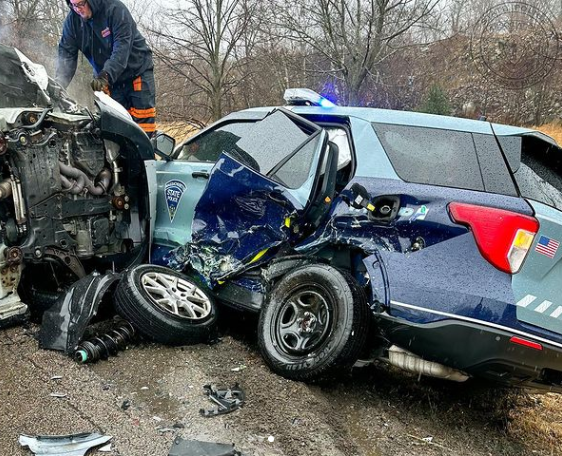
(Photo courtesy of the Massachusetts State Police.)
As the NHTSA makes clear, “You cannot drive safely unless the task of driving has your full attention. Any non-driving activity you engage in is a potential distraction and increases your risk of crashing.”
Dialing into Distracted Drivers
When the laws prohibiting distracted driving came out, law enforcement entities conducted its perfunctory courtesy wave of stopping motorists and having a roadside chat about texting and driving or similar infraction related to inattentive operators.
The proliferation of roadway signs and radio PSAs and pamphlets explaining the statutes governing safe, concentration vehicle operation was disseminated far and wide. Still the same today.
Most of the drivers I ever observed steering an automobile and engaging with their cell phones denied doing so when stopped. I won’t go into all the nonsense stories they coughed up to get out of a traffic citation…instead of maturely owning up and taking responsibility.
My department’s Traffic Enforcement Unit (TEU) organized several campaigns to address distracted driving in our jurisdiction. One of the main hiccups in doing so effectively was the definitive observations made from the seated position in a police cruiser.
Brainstorming took place…
One of our street sergeants suggested we use a city utility truck (aerial view with better angles for clear-cut observations) while unmarked police cars followed. Onboard the city Public Works truck was a sworn officer calling out the driver/vehicle descriptions regarding those who were violating the distracted-driving statutes. (The brilliant blue-gray hues cast by cell phones at night are rather obvious/unambiguous clues.)
Statutorily, cops work in tandem regarding traffic enforcement operations, whereby one observes violation(s) and another police officer conducts the stop and addresses the driver.
As described above, it is not always definitive that a driver was undeniably distracted from driving due to focus on a cell phone; could have been that bag of Bojangles buttermilk biscuits or whatever. Other probable cause to conduct a traffic stop and have a chat was relied upon; at least garnering the operator’s attention and reiterating rules of the road, non-accusatorily.
The Distracted Driving Awareness Month enforcement slogan for 2023 is “U Drive, U Text, U Pay,” a high visibility campaign with law enforcement officers across the nation concentrating on motorists who are not concentrated on the numero uno task at hand: driving.
The Camillus Police Department distracted driving PSA is as follows: we “will be pushing a high visibility traffic enforcement campaign to engage and educate our community of the dangers of distracted driving. The U Drive. U Text. U Pay. High visibility enforcement (HVE)” is underway.
And the already dwindling number of cops in America means those remaining are having to do much more with less, making driver responsibility a paramount factor.
As the Oregon State Police duly declared: “Park your phone before you start your car!”